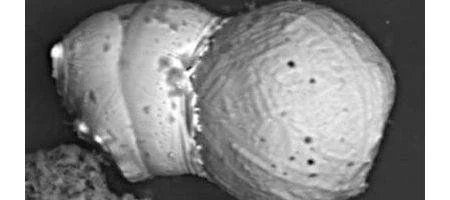Scientists say they’ve found more evidence of a major impact by a comet or asteroid, some 13,000 years ago.

An examination of a layer of thin, dark sediment buried in the floor of Lake Cuitzeo in central Mexico has revealed nanodiamonds, impact spherules, and other ‘fingerprints’ of a cosmic body impacting Earth.
The data strongly supports a controversial hypothesis that a major cosmic impact with Earth occurred 12,900 years ago at the onset of an unusual cold climatic period called the Younger Dryas.
The scientists say they’ve conclusively identified a family of nanodiamonds, including the impact form of nanodiamonds called lonsdaleite – unique to cosmic impact. They also found spherules that had collided at high velocities with other spherules during the chaos of impact.
Such features, says James Kennett, professor of earth science at UC Santa Barbara, couldn’t have formed through anthropogenic, volcanic, or other natural terrestrial processes.
“These materials form only through cosmic impact,” he says.
It appears that a comet or asteroid at least a few hundred meters in diameter entered the atmosphere at a relatively shallow angle. The heat at impact burned biomass, melted surface rocks, and caused major environmental disruption.
“These results are consistent with earlier reported discoveries throughout North America of abrupt ecosystem change, megafaunal extinction, and human cultural change and population reduction,” says Kennett.
The sediment layer is of the same age as that previously reported at locations throughout North America, Greenland, and Western Europe.
“The timing of the impact event coincided with the most extraordinary biotic and environmental changes over Mexico and Central America during the last approximately 20,000 years, as recorded by others in several regional lake deposits,” says Kennett.
“These changes were large, abrupt, and unprecedented, and had been recorded and identified by earlier investigators as a ‘time of crisis’.”






